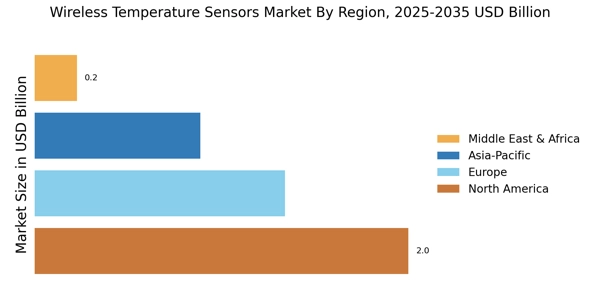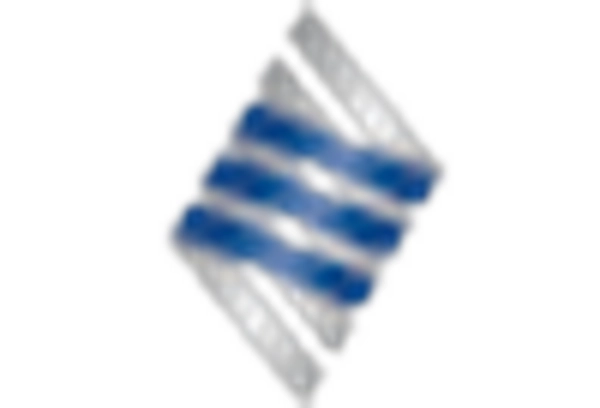The Wireless Temperature Sensors Market is currently experiencing significant growth driven by advancements in technology and increasing demand for automation across various sectors. This market comprises a wide range of players who are actively innovating and enhancing their product offerings to capture larger market shares.
Competitive insights reveal a dynamic environment where established companies, as well as emerging players, are vying for prominence through strategic partnerships, enhanced product features, and tailored solutions that meet specific industry needs.
The focus on smart technology integration, coupled with the rising trend of IoT applications, has further intensified the competition, compelling players to enhance their service delivery and customer engagement strategies.
Companies are increasingly investing in research and development to produce wireless temperature sensors that not only provide high accuracy and reliability but also meet the regulatory standards across different regions.
Bosch maintains a prominent position in the Wireless Temperature Sensors Market, benefiting from its strong reputation for quality and innovation. The company has leveraged its extensive experience in the sensor technology landscape to develop robust wireless temperature sensor solutions that cater to various applications, including automotive, industrial, and consumer markets.
Bosch's commitment to engineering excellence is reflected through its advanced research initiatives, allowing the company to consistently bring cutting-edge products to the market. The company’s strong distribution network and established brand loyalty further enhance its market presence, positioning it favorably against competitors.
Additionally, Bosch emphasizes sustainability and energy efficiency in its product development, aligning its offerings with the growing consumer demand for environmentally responsible technologies, ultimately bolstering its competitive edge.
Panasonic is also a formidable participant in the Wireless Temperature Sensors Market, showcasing a diversified product portfolio and a commitment to technological advancement. The company is recognized for its high-performance sensors that are designed to deliver precise temperature measurements across various operational settings.
Panasonic's focus on integrating advanced connectivity features into its wireless sensors supports its efforts to meet the evolving demands for smart solutions in industries such as HVAC, healthcare, and home automation.
The firm invests heavily in research and development, enabling it to introduce innovative products that address complex consumer requirements. Moreover, Panasonic’s strong presence and well-established supply chain networks facilitate effective product distribution, making its wireless temperature sensors readily available in various markets.
With an emphasis on achieving superior product quality and fostering customer satisfaction, Panasonic continues to strengthen its position within the highly competitive landscape of the wireless temperature sensors market.

















Leave a Comment